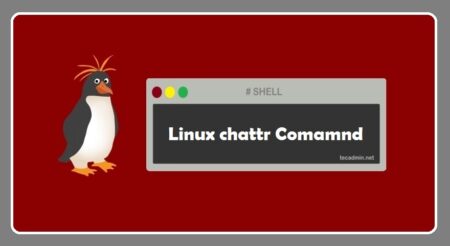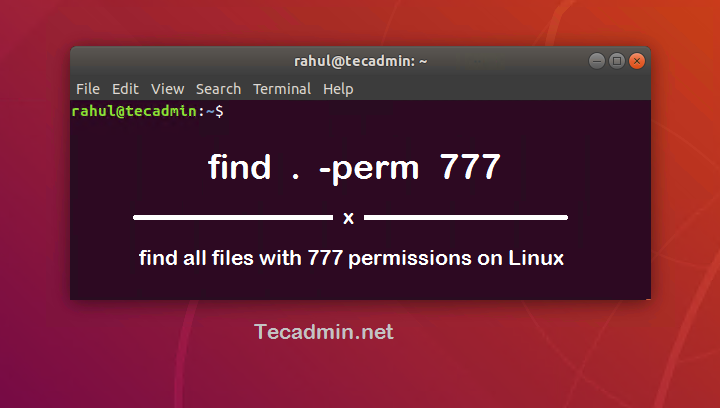User privileges in MySQL determine the level of access and actions that a user can perform on a database or…
Browsing: permission
The “chattr”, short for change attribute, is a command-line utility in Linux used to change attributes of a file e.g…
Security always comes first. It is recommended to keep your files secure on your systems. No one liked that anyone…
Right file permission is the most crucial part of the Linux system management. A file with permission 777 is open…
Laravel, a popular PHP framework for web application development, has a strong focus on security. Among the many security considerations…
Setting the proper file permission for any web application is an important part of web hosting. In this tutorial, you…
In Linux, file permissions are an important aspect of system security. These permissions control who can read, write or execute…
MySQL is a relational database management system, used for storing data in form of tables and records. You can insert,…



